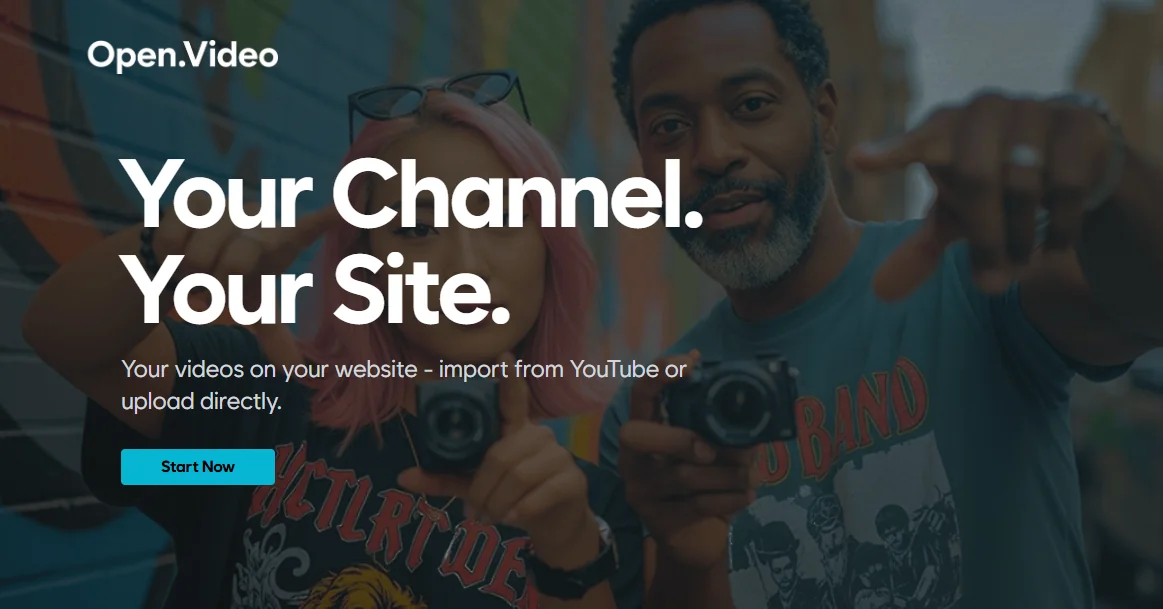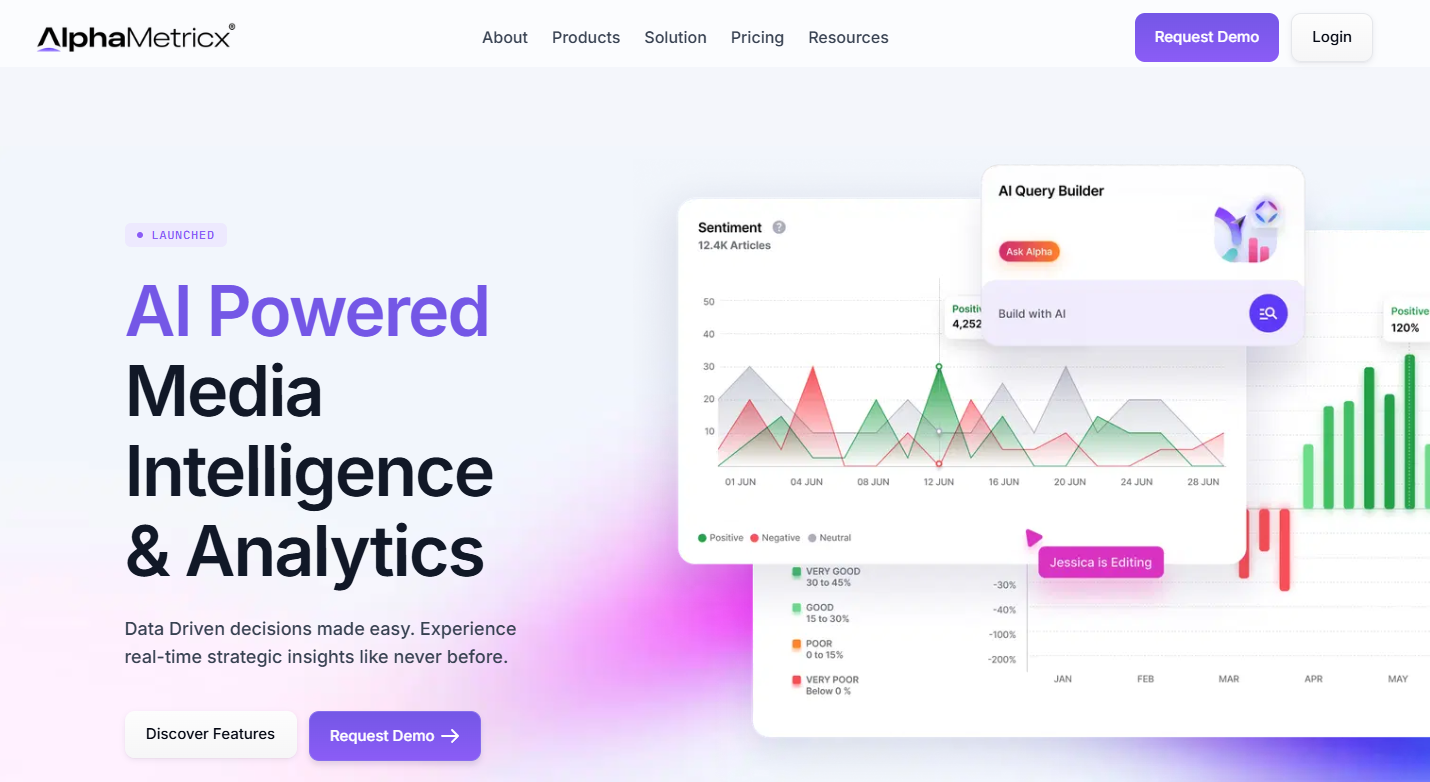Valued at more than US$250 billion, the influencer industry is the centre of the digital economy.
Popular haul videos, where influencers display and discuss a recent collection of purchases, and unboxings — videos where content makers open, showcase and review new products — have long been promoting endless streams of consumer goods that can be purchased with an easy click.
But what happens to influencer culture and popular consumption practices when many are worried about their financial futures?
Social media feeds become full of content-makers encouraging us to save our money — influencers telling us not to buy trendy, perhaps unnecessary, goods, like tons of Halloween decor or luxury skincare products.
This comes as American tariffs wreak havoc on the global economy and youth unemployment soars, and points to growing economic uncertainty. Consumption, the social practice that becomes publicly and hotly debated during times of economic uncertainty, is back on our radars.
For the past year, social media users have declared almost everything and anything as “recession indicators.” Influencer Kate O’Brien’s viral TikTok, for example, showing users how to squeeze out the remaining beauty product from its packaging to not waste anything, is one of many examples.
As talk of a recession continues to build, social media trends like deinfluencing help us understand how popular culture navigates economic downturns.
The rise of the recessionista
Economic recessions have always had a major impact on popular culture. The jobs lost during the 2007-08 global financial crisis helped pave the way for today’s influencer industry. Fashion bloggers grew in popularity during this time.
Unemployed media workers and younger creatives wanting to break into the industry turned to web blogging — and eventually, new social media platforms like YouTube and Instagram — to post fashion, beauty and lifestyle content.
Early 2000s pop culture was defined by excess, with shoppers spending on goods like designer “it bags.” When the recession hit, shoppers were blamed for bringing about the economic downturn, mainly for spending beyond their means. In order to pay for these purchases, consumers were taking on more household and mortgage debt, which became contributing factors.

The “recessionista” emerged as a popular trope in fashion blogs. Recessionistas were savvy, mainly female consumers who spent hours shopping at discount chains like TJ Maxx to find good deals on fashionable purchases.
They taught their online followers how to spend money efficiently and avoid overpriced designer goods. Recessionistas became coded as productive consumers. Almost 20 years later, the recessionista has re-emerged, this time as the deinfluencer on TikTok.
Deinfluencing content goes viral
In January 2023, deinfluencing — where social media users encourage their followers to purchase cheaper products rather than more expensive alternatives — became a popular TikTok trend. It quickly went viral, collecting more than one billion views on TikTok.
Deinfluencing content on TikTok was first made buzzworthy within the platform’s beauty community. The trend has since expanded to include other niche areas like fall seasonal shopping and Amazon Prime Days.
Like the recessionista, deinfluencing gained attention during a unique cultural moment. The cost-of-living crisis dominated news headlines. Watching online videos by influencers displaying lavish PR hauls became difficult for people who were struggling to afford basics, like groceries.
Mascaragate and authenticity
In addition to financial anxiety, people’s search for authenticity was a catalyst for deinfluencing content. Enter: Mascaragate, the TikTok scandal surrounding the infamous sponsored TikTok video by beauty influencer Mikayla Nogueira. Nogueira was promoting L’Oréal’s new Telescopic Lift Mascara, but TikTok users noticed that she was wearing false eyelashes.
Early deinfluencing videos condemned Nogueira for unethically promoting mindless consumption. In this way, Nogueira was framed as the same wasteful female consumer of the early 2000s, and the deinfluencer as the more ethical recessionista.

Critics, however, argue that deinfluencing is meaningless because, as a trend, it still encourages users to shop. Whether you promote a $50 foundation from a high-end beauty brand or a cheaper drugstore alternative, you’re still promoting consumption.
Content from our partners
But that’s the whole point of the viral trend. Deinfluencing informs social media users how to keep the consumer cycle going by still shopping, only now more efficiently. It’s a trend where social media users are rebranding consumption into an efficient, productive activity for today’s turbulent economy.
What’s ahead for consumer trends?
Deinfluencing certainly makes social media users think harder about how they’re spending their money. And we might all need a little bit of that.
But deinfluencing can also have the unintended effect of making it seem consumers are solely responsible for navigating financial crises. What recession-era consumption trends like deinfluencing can sometimes do is shift focus from the institutional figures responsible for economic stability to individual shoppers.
And it’s frequently purchases made by female consumers, like designer bags and beauty products, that are judged as wasteful or unnecessary. Consumer culture and the influencer industry are both historically female domains. Gendered tropes like the excessive consumer or unethical influencer often get blamed for economic crises, and then recessionistas and deinfluencers — oftentimes women — are then tasked to help address the issue.
As the economy struggles, influencers will continue to post deinfluencing content. Just like the recessionistas before them, they are set on teaching their followers just how to spend their money despite an economy reeling from tariffs — whether it’s their job or not.
Aidan Moir, Sessional Instructor, University of Windsor
This article is republished from The Conversation under a Creative Commons license. Read the original article.












